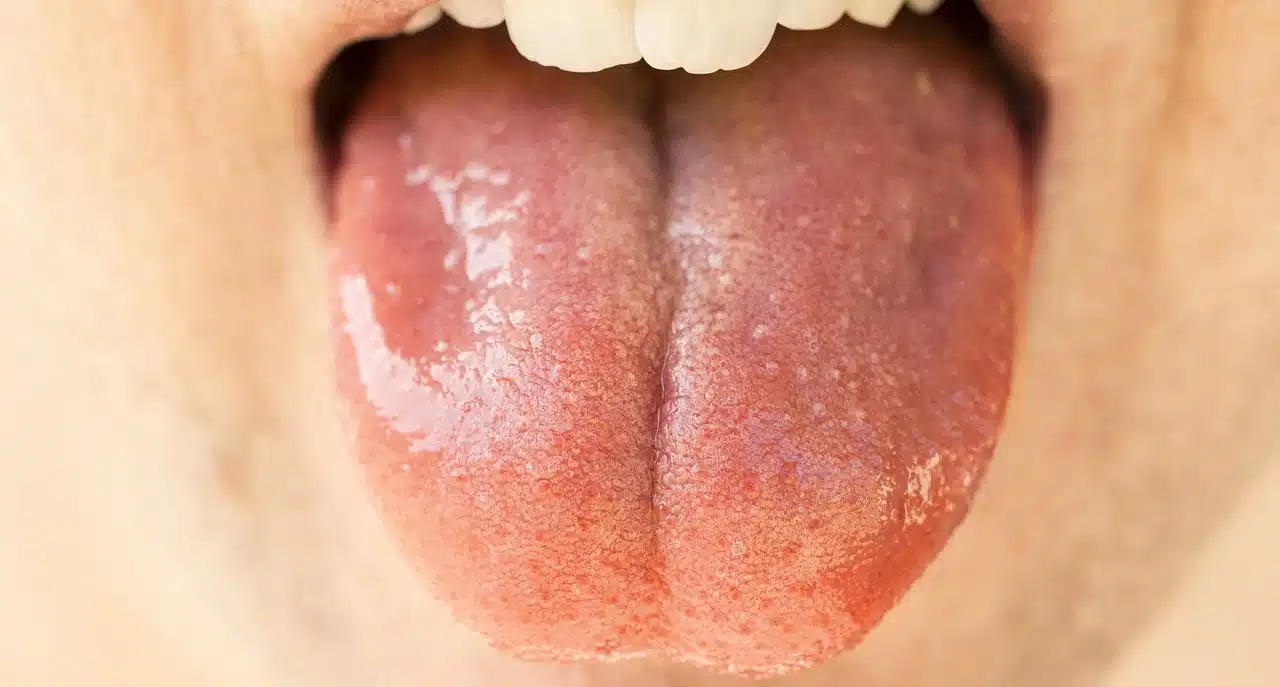
Sialorrhea is excessive production of saliva.
Sialorrhea is the production of excessive levels of saliva . This disorder , which is also known as hypersalivation , may be due to overstimulation of the parasympathetic nervous system or a disease occurring at the upper level of the gastrointestinal tract.
The growth of teeth in children, the intake of certain drugs , the state of pregnancy and some types of poisoning can also cause sialorrhea, a clinical sign that allows doctors, in certain cases, to diagnose diseases .
Saliva and salivation
It should be remembered that saliva is a fluid of a certain viscosity that is produced in the mouth by the action of the salivary glands. This organic liquid, composed of water , mucus and other elements, is key in digestion since it allows the bolus to be formed. Saliva also helps with oral expression thanks to lubrication; contributes to healing; provides protection against bacteria; and makes it possible to maintain the neutral pH.
People produce about one and a half liters of saliva each day , although this level decreases over the years. Those who suffer from sialorrhea, therefore, have a greater production of saliva: that is, they generate more than one and a half liters of saliva per day for some of the reasons mentioned above.
The opposite of sialorrhea is hyposalivation : a decrease in saliva production . It may be asialia (saliva secretion is completely lost) or hyposialia (secretion decreases, but is not lost). Both sialorrhea and hyposalivation can be observed and quantified through clinical studies.

In babies, salivation can be associated with the growth of teeth.
The symptoms
It is important to highlight that sialorrhea should be considered a symptom , as explained in a previous paragraph, when some of the conditions that can lead to this excess saliva production are detailed. Medicine does not have many epidemiological studies that allow us to easily find the cause, and that is why diagnosing and treating sialorrhea can only be done after carefully studying the clinical history and applying one of the several known strategies.
Diagnosis is usually made through a physical examination and a complete history (the analysis of a set of data about a patient from their medical history). Depending on the duration and intensity of excessive saliva production, the clinical manifestations of this symptom vary. It is common to see dermatitis in the chin area, angular cheilitis (an inflammation that damages the corner of the lip; if the fissures are very serious they may be accompanied by bleeding when opening the mouth, and even present scabs or medium-deep ulcers) and peeling on the lips when hypersalivation is continuous.
Other symptoms that usually appear along with sialorrhea are muscle fatigue, which arises as a result of forcing the action of swallowing excess saliva, a certain difficulty in articulating sounds and alterations in the perception of flavors. On the other hand, there are the pathological consequences that occur as a result of losing proteins, electrolytes and fluids ; In some cases, when salivary incontinence is added to sialorrhea, an inevitable social barrier is created that can threaten the work or student situation, in addition to causing serious psychological problems if it lasts for a considerable period.
Salivary incontinence does not come alone: as if it were not enough humiliation for an adult to be unable to avoid spilling saliva, a strong odor also appears due to its accumulation and the face begins to adopt a very particular expression , usually with one of the ends of the lower lip "drooping."
